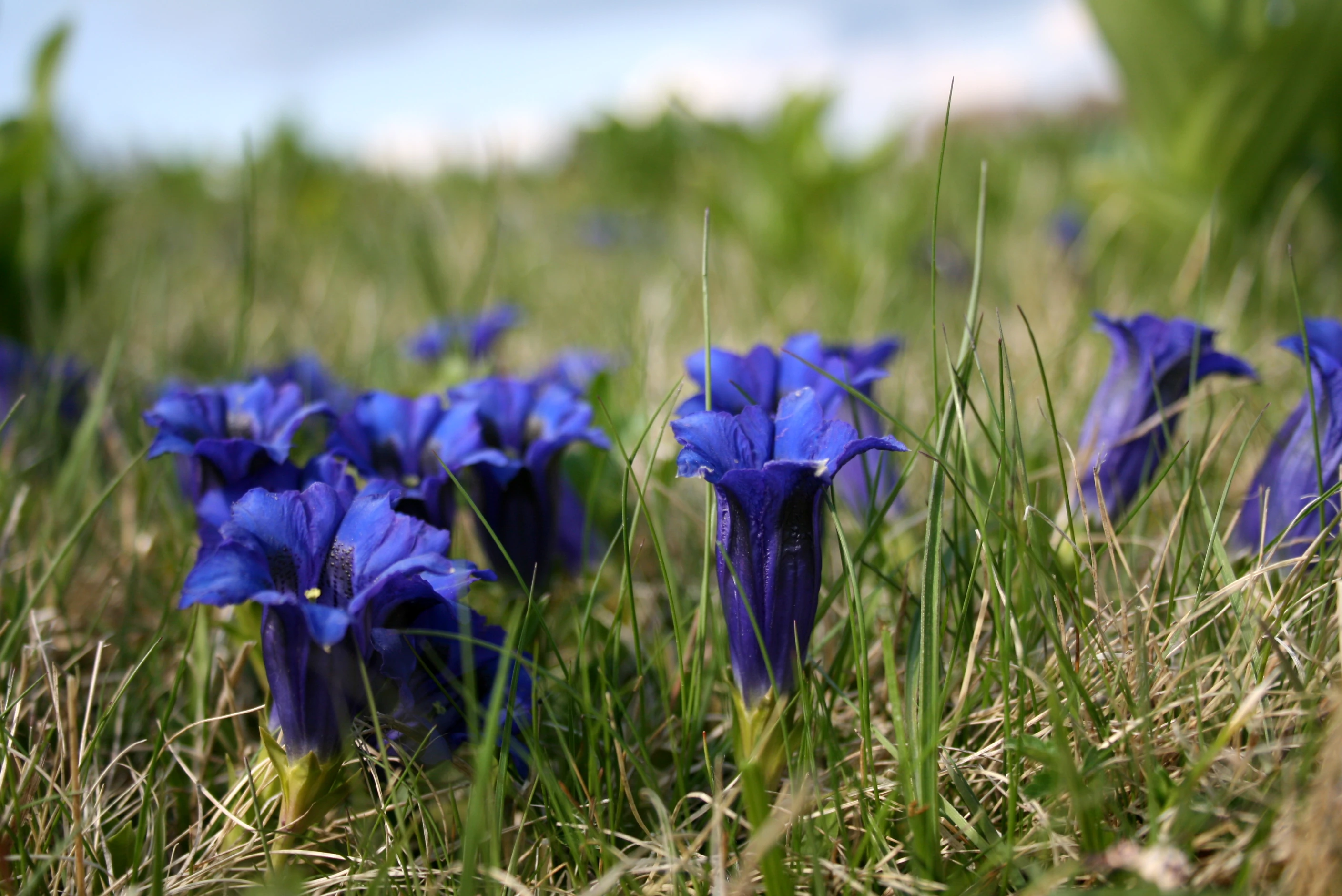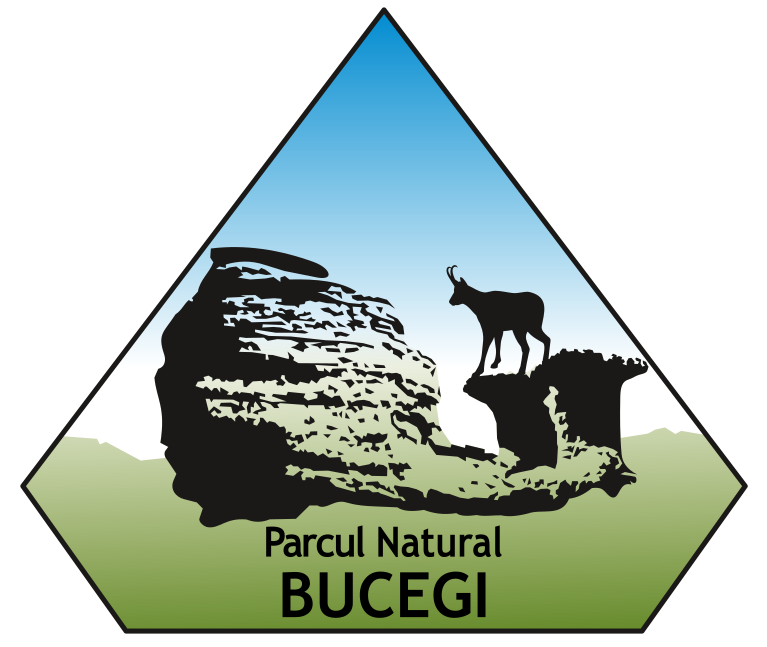
Gentiana Acaulis
Conservation status
Least Concern
Native habitat
Alpine meadows and forest margins
Height
10 cm
Flowering
June - July
Life span
Annual

Description
The cup (Gentiana acaulis) is a short plant with a short stem. The leaves at the base of the stem are oval elliptical, thick, flattened on the ground and pinched into a rosette. The stem ends in a single large, upward-pointing flower. The flower is long cup-shaped, bluish-blue, dark color. The corolla at the edge has five short, slightly out-turned segments. The calyx has elongated teeth. The cup flowers in June-July. The flower is made to be pollinated by insects: at the bottom of the cup that forms the corolla, nectar is found in five separate pouches arranged in a circle. The insect, usually the bumblebee, has to insert its proboscis five times in succession into each of these pouches; in this way it circles inside the corolla and cleans the pollen from all five stamens, which are also arranged in a circle around the pistil. The pollen is carried by the insect onto the stigma of another flower. If pollination cannot be achieved, a self-pollination mechanism is also provided: in cold weather, during the night or towards the end of the flowering period, the corolla bends down with its mouth downwards and the pollen that has meanwhile been shaken to the bottom falls onto the stigma. In Romania it grows in the meadows of the Carpathian Mountains, sometimes it is also found in meadows in the woodland.

